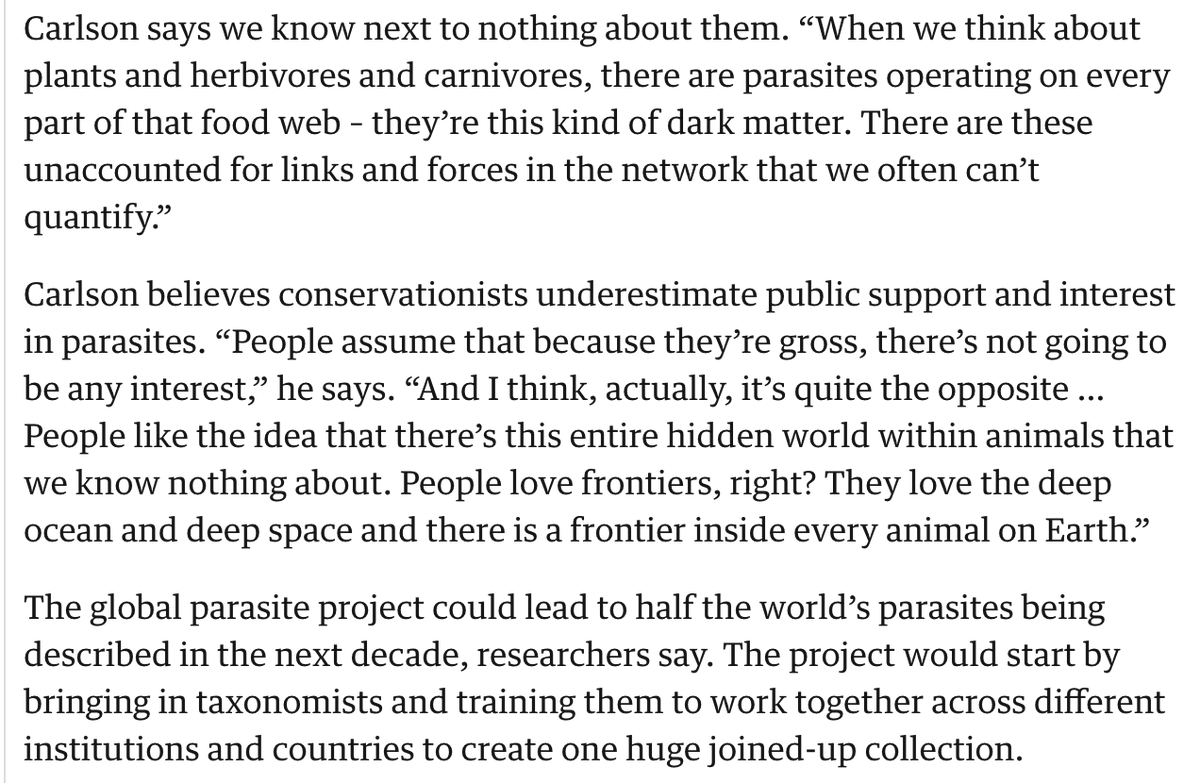
Public Health England has just released their updated report on the UK #SARSCoV2 variant
"Investigation of novel SARS-CoV-2 variant: Variant of Concern 202012/01"
I'll do a quick summary thread below & link to report:
"Investigation of novel SARS-CoV-2 variant: Variant of Concern 202012/01"
I'll do a quick summary thread below & link to report:
A cluster was identified & used to assess increasing incidence of the Variant of Concern (designated as such 18 Dec) in Kent, UK:
- 4% (255/6130) of Kent cases had available genomes
- in Kent: 117 genomically similar cases identified (10-19 Nov)
- in UK: 962 genomes of VoC(8 Dec)
- 4% (255/6130) of Kent cases had available genomes
- in Kent: 117 genomically similar cases identified (10-19 Nov)
- in UK: 962 genomes of VoC(8 Dec)

Out of that 962 UK wide, epi data was available for 915 individuals.
As of 20 Dec, VoC present mainly in London, South East & East of England regions.
The report goes into the details of how the VoC testing is carried out.
As of 20 Dec, VoC present mainly in London, South East & East of England regions.
The report goes into the details of how the VoC testing is carried out.
Here's the first critical part: "VOC is significantly associated with a higher reproduction number"
(Experts on modelling will be able to comment on this more specifically – it's not my area)
(Experts on modelling will be able to comment on this more specifically – it's not my area)

Conclusion of PHE's report:
"We have assessed this variant as having substantially increased transmissibility with high confidence. Further studies are underway to characterise the variant and updates will be provided."
"We have assessed this variant as having substantially increased transmissibility with high confidence. Further studies are underway to characterise the variant and updates will be provided."
• • •
Missing some Tweet in this thread? You can try to
force a refresh






